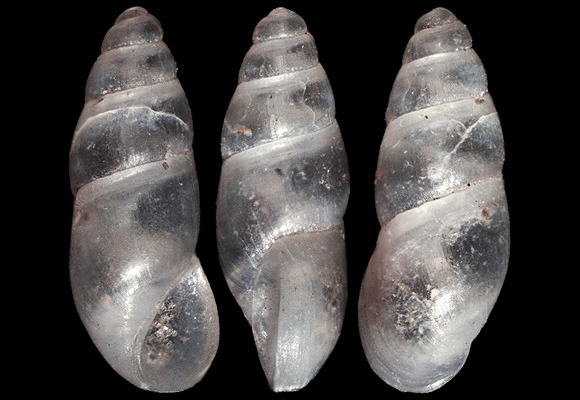
Grazer and detritus feeder in shallow littoral gardens. Host of the Pyramidellid Odostomia microeques Rolán & Templado, 1999 – cf. “High-tidal molluscan assemblage from a Madeiran boulder beach”, Iberus 18 (2), 2000, p.87, fig.34.
Protonym: Cingula epidaurica.
Shallow grit, Peyrefite Cape, Cerbère, Eastern Pyrenees, Occitania, S. France. 2,25mm.
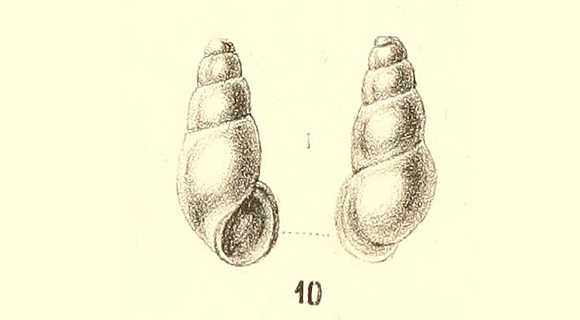
« Testa minuta, aciculato-subcylindrica, obtusa, laevissima, tenui, hyalina; anfractibus convexiusculis, sutura mediocriter impressa; apertura ovata dilatata, superne acuminata, labro simplici. — Minute aculiform Cingula, almost cylindrical, obtuse, very smooth, tenuous, glassy. It has five rather convex whorls, separated by a suture quite shallow; at the suture one observes a line – this depends on the transparency of the shell – that lets the internal part visible. Aperture ovate, dilated, high as the half of the last whorl, and more acute in the upper part; lip sharp, not enlarged, very insensibly folded. »
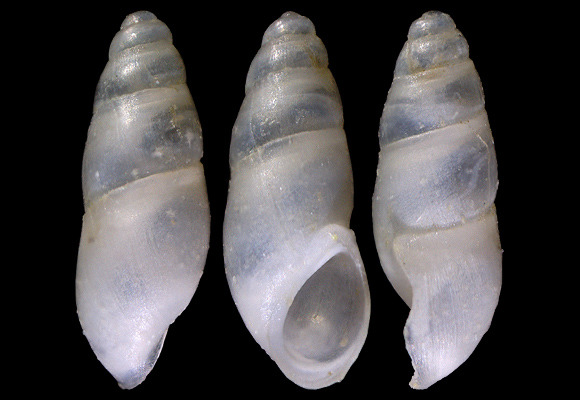
The species was named after the ancient toponym of Cavtat, a harbour near Dubrovnik in Croatia: “Epidaurus”, and not after the famous Epidavros of Argolis, Peloponnese, Greece.
Cap Ras, Llançà, Girona, Catalunya, NE. Spain. 2mm.
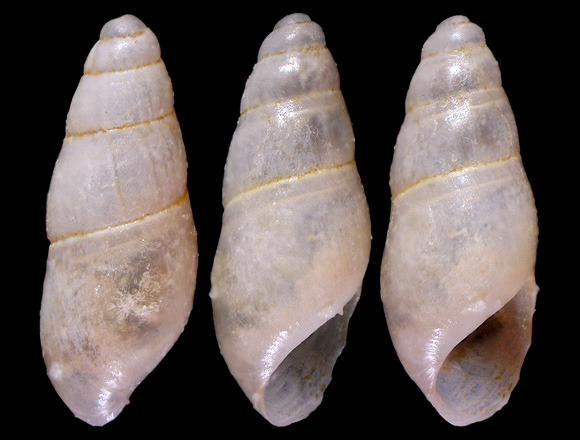
Beached specimen from Peyrefite Cape, Cerbère. 1,9mm.
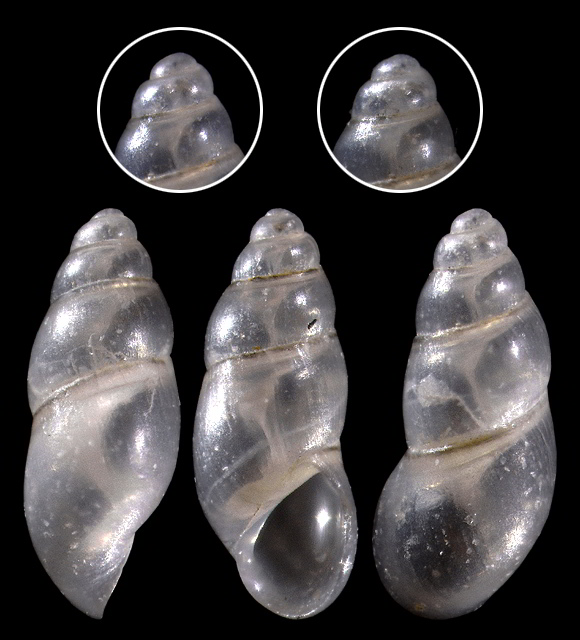
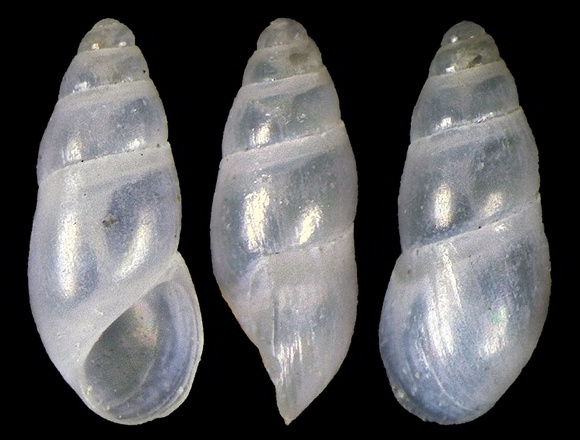
Original pictures provided by S. Clanzig (FR).
– (CC BY-NC-SA) –